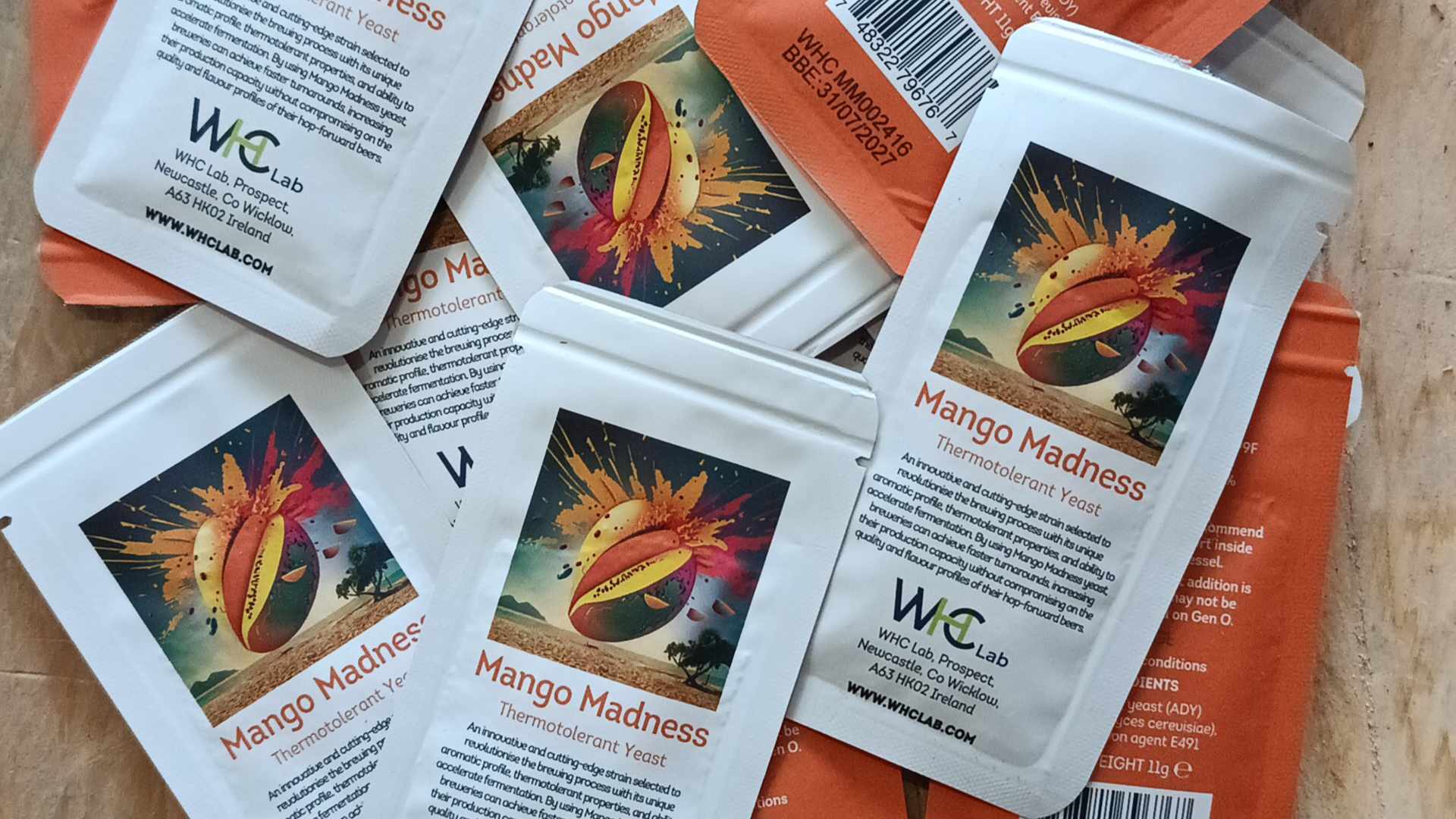Ever been patient enough to age your homebrew? What style did you age & what were the results? We put the Q to our audience.
“I’ve brewed an Oktoberfest beer a couple of times in March ready for drinking in September, just like the genuine stuff! Also brewed a barley wine in February for a competition in the December, it must have been alright as I got 3rd place.â€
- Richard Hill
“Couple of times, one was a best bitter that had some sloe berries added to it, another was a Belgian dubbel. Both improved a lot up to about 6 months, after that they didn’t get any better but didn’t go bad either, and now over a year and a half later I still have a couple left of each!â€
- Chris Woolford
“I keep one bottle of everything in brew to try at least 6 months later. Almost always better. But this only tells me that I need to increase production!â€
- Col Devitt
“ I have always aged my Imperial Stouts, and continue to do so. I’m currently drinking the 2020 vintage while ageing the 2021 and about to brew the 2022. I am only able to do this due to my own ageing and abject inability to session on the 12-percenters these days! My Imperials tend to be in the 10-12% ABV range, and, post-secondary, the initial conditioning is performed in a pressure-rated vessel at around 17-18°C, which is usually for a month. Then it’s down to a lengthy cold conditioning in keg for up to a year (though this has been known to become three months through sheer lack of willpower!) I’ve been using this particular method for around 12 years now (though I started brewing back in the late ‘70s), and it works fantastically well. The depth of complex flavours that develop over time with an Imperial Stout are really quite amazing.â€
- John Smith






.jpg)

.jpg)


